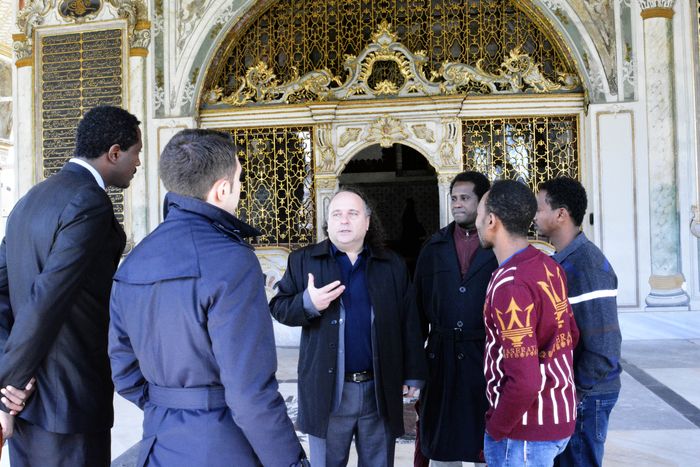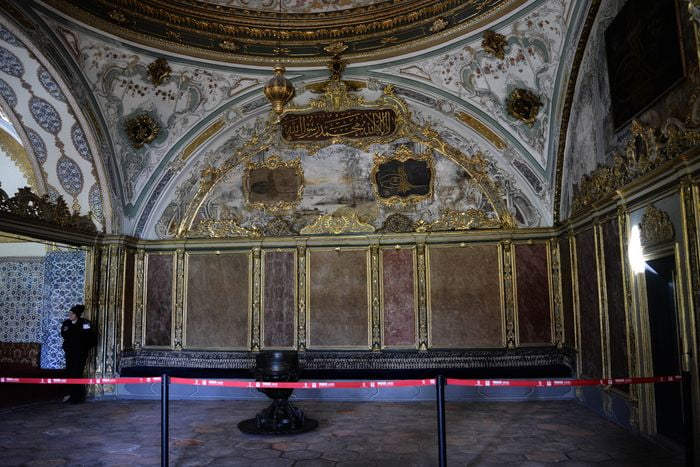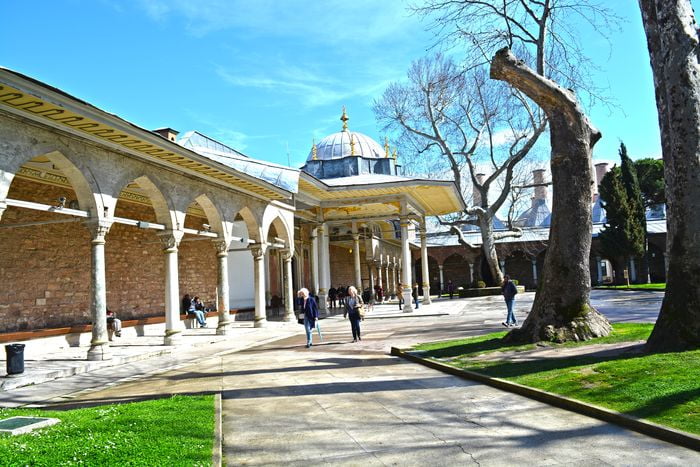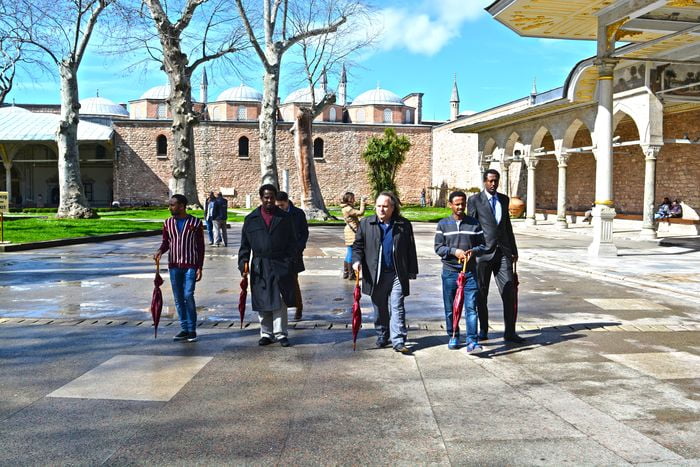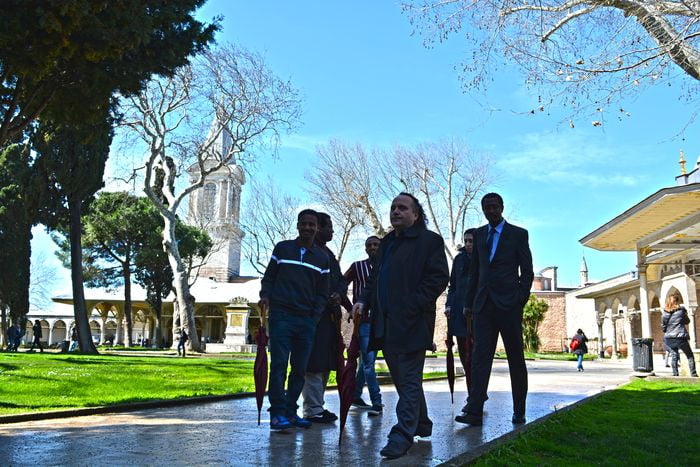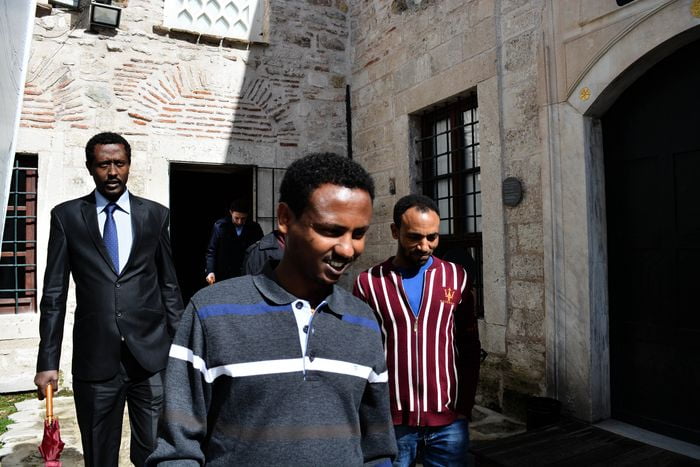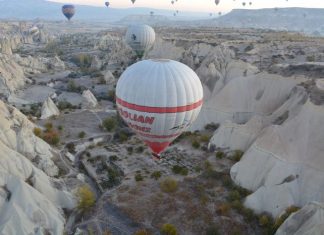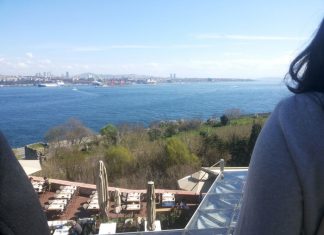Saksagan
Apologia of St John Damascene Against those who Decry Holy Images Part 66
Throwing myself on the ground, and worshipping that holy floor, I came out, and went to her who had promised to be my security....
Apologia of St John Damascene Against those who Decry Holy Images Part 67
As then Christ armed his Apostles against the ancient idolatry with the power of the Holy Spirit, and sent them out into all the...
Apologia of St John Damascene Against those who Decry Holy Images Part 68
Those fall into the same blasphemy who venerate the image, and the same woe rests upon both, because they err with Arius, Dioscorus, and...
Apologia of St John Damascene Against those who Decry Holy Images Part 69
The evil custom of assigning names to the images does not come down from Christ and the Apostles and the holy Fathers; nor have...
Apologia of St John Damascene Against those who Decry Holy Images Part 70
Supported by the Holy Scriptures and the Fathers, we declare unanimously, in the name of the Holy Trinity, that there shall be rejected and...
Apologia of St John Damascene Against those who Decry Holy Images Part 71
(5) If anyone does not confess that the flesh of the Lord is life-giving because it is the flesh of the Word of God,...
Apologia of St John Damascene Against those who Decry Holy Images Part 72
(18) If anyone denies the resurrection of the dead, and the judgment, and the condign retribution to everyone, endless torment and endless bliss, etc....
Treasures of Brusa
Mosques, Tombs, and Citadel
Ulu Jami (The Big Mosque)
Ulu Jami, also known as The Big Mosque, stands as a testament to the contributions of three...
A Glimpse into Ottoman History
Towards the end of the eleventh century, Brusa came under the control of the Seljuk Turks. However, they abandoned the city following the Crusaders’...
Exploring Corum’s 7000-Year History
A Journey Through Time
Corum A Cultural Bridge Between East and West
Corum, with its 7000-year-long history, stands as a significant gateway between Central Anatolia and...
